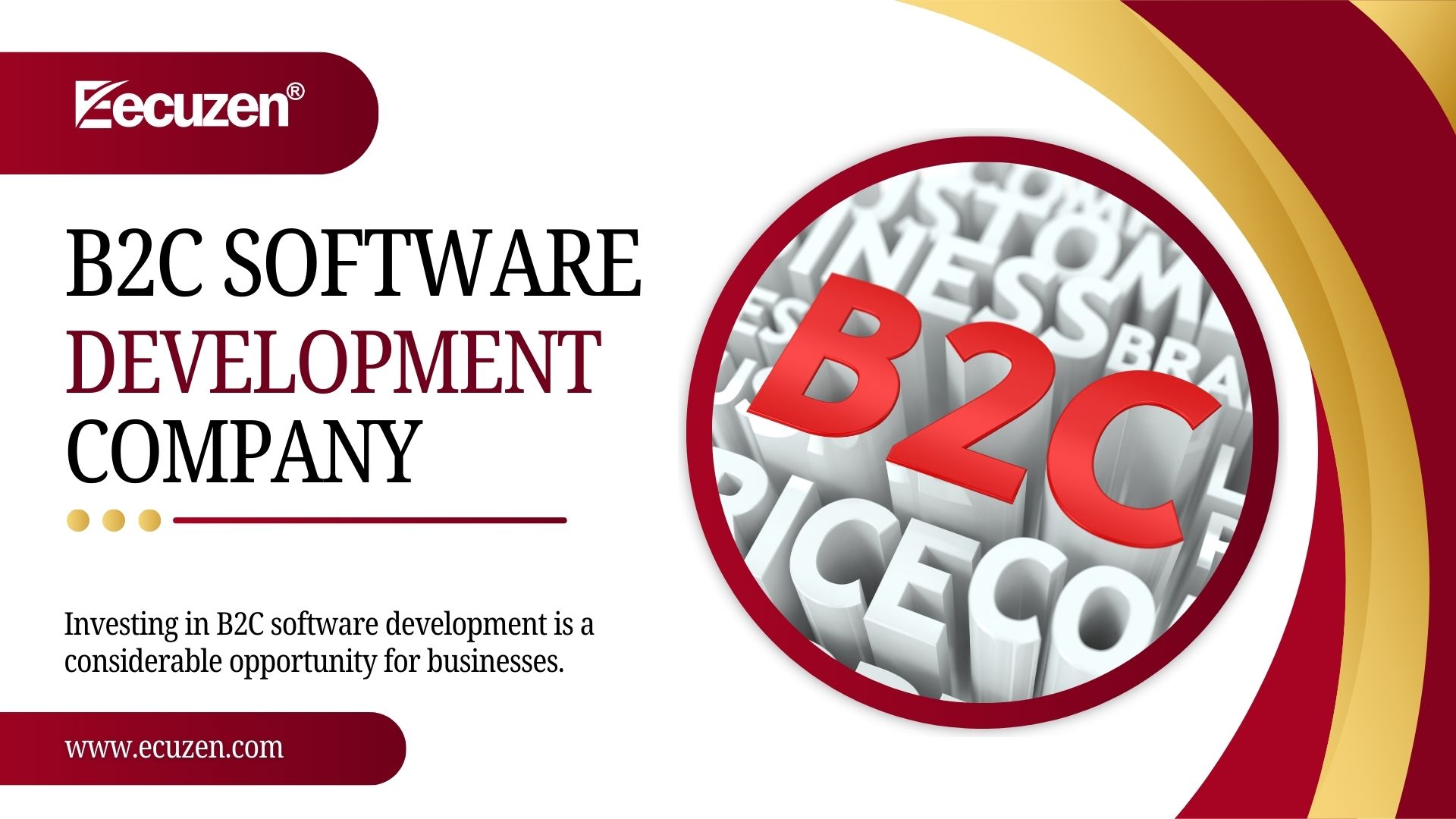- TECHNOLOGY
Hyper automation: The most popular Emerging Technology
-
2023-09-12 13:02:23
Hyperautomation: The Most Popular Emerging Technology
Hyperautomation is a business-driven approach that uses a combination of technologies, tools, and platforms to automate as many processes as possible. It is a more sophisticated approach to automation than traditional methods, such as robotic process automation (RPA). Hyperautomation can automate both simple and complex tasks, and it can be used to automate processes across the entire organization.
Why is hyperautomation important?
Hyperautomation is important for several reasons. First, it can help organizations to improve their efficiency and productivity. By automating repetitive tasks, employees can focus on more strategic and value-added work. Second, hyper-automation can help organizations to reduce costs. By automating tasks that are currently performed by humans, organizations can save on labor costs. Third, hyper-automation can help organizations to improve their compliance with regulations. By automating tasks that are subject to regulations, organizations can reduce the risk of errors and non-compliance.
What are the benefits of hyper-automation?
The benefits of hyper-automation are numerous. Some of the key benefits include:
- Increased efficiency and productivity: Hyperautomation can help organizations to automate repetitive tasks, freeing up employees to focus on more strategic and value-added work. This can lead to significant improvements in efficiency and productivity.
- Reduced costs: Hyperautomation can help organizations reduce costs by automating tasks that are currently performed by humans. This can free up resources that can be used to invest in other areas of the business.
- Improved compliance: Hyperautomation can help organizations improve their compliance with regulations by automating tasks that are subject to regulations. This can help to reduce the risk of errors and non-compliance.
- Enhanced decision-making: Hyperautomation can help organizations make better decisions by providing them with access to more data and insights. This can help organizations to identify and exploit new opportunities, and to mitigate risks.
- Improved customer experience: Hyperautomation can help organizations improve the customer experience by automating tasks such as customer service and order processing. This can lead to faster and more efficient service, which can boost customer satisfaction.
What are the challenges of hyper-automation?
While hyper-automation offers many benefits, it also poses some challenges. Some of the key challenges include:
- The need for skilled workers: Hyperautomation requires skilled workers who can understand and implement the different technologies involved. This can be a challenge for organizations that do not have the in-house expertise.
- The need for data: Hyperautomation relies on data to identify and automate tasks. This means that organizations need to have access to high-quality data.
- The need for security: Hyperautomation can introduce new security risks. This is because automated processes can be more difficult to secure than manual processes.
- The need for change management: Hyperautomation can disrupt existing processes and procedures. This means that organizations need to have a plan for managing change.
How can organizations implement hyper-automation?
There are a number of steps that organizations can take to implement hyper-automation. These steps include:
- Identify the right processes to automate. Not all processes are suitable for automation. Organizations need to carefully identify the processes that will provide the greatest benefits from automation.
- Assess the current state of the organization. Organizations need to assess their current IT infrastructure and capabilities before they can implement hyper-automation. This will help them to identify any gaps that need to be filled.
- Select the right technologies. There are a number of different technologies that can be used for hyper-automation. Organizations need to select the technologies that are right for their needs.
- Develop a plan for implementation. The implementation of hyper-automation should be carefully planned and executed. This will help to minimize disruption and ensure that the project is successful.
- Monitor and evaluate the results. Once hyper-automation has been implemented, organizations need to monitor and evaluate the results. This will help them to identify any areas where improvements can be made.
Conclusion
Hyperautomation is a powerful technology that can offer significant benefits to organizations. However, it is important to carefully consider the challenges involved before implementing hyper-automation. By taking the necessary steps, organizations can successfully implement hyperautomation and reap the rewards.
How can Ecuzen Software help you with hyper-automation?
Ecuzen Software is a leading provider of hyper-automation solutions. We can help you identify the right processes to automate, assess your current IT infrastructure, select the right technologies, develop a plan for implementation, and monitor and evaluate the results. We have a proven track record of success in helping organizations implement hyperautomation and achieve their business goals.
If you are interested in learning more about how Ecuzen Software can help you with hyper-automation, please contact us today


.jpg)



Your email address will not be published. Required fields are marked